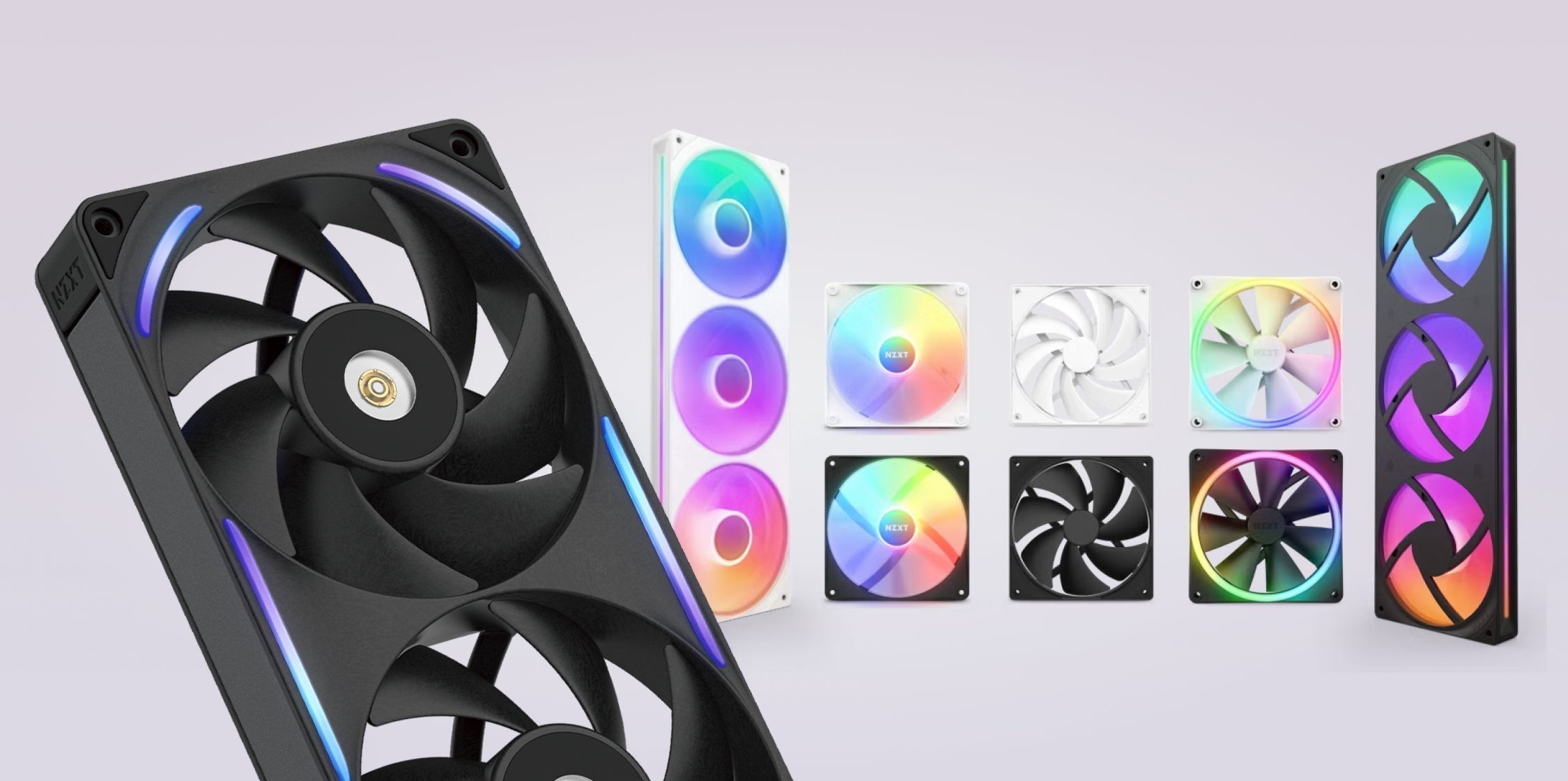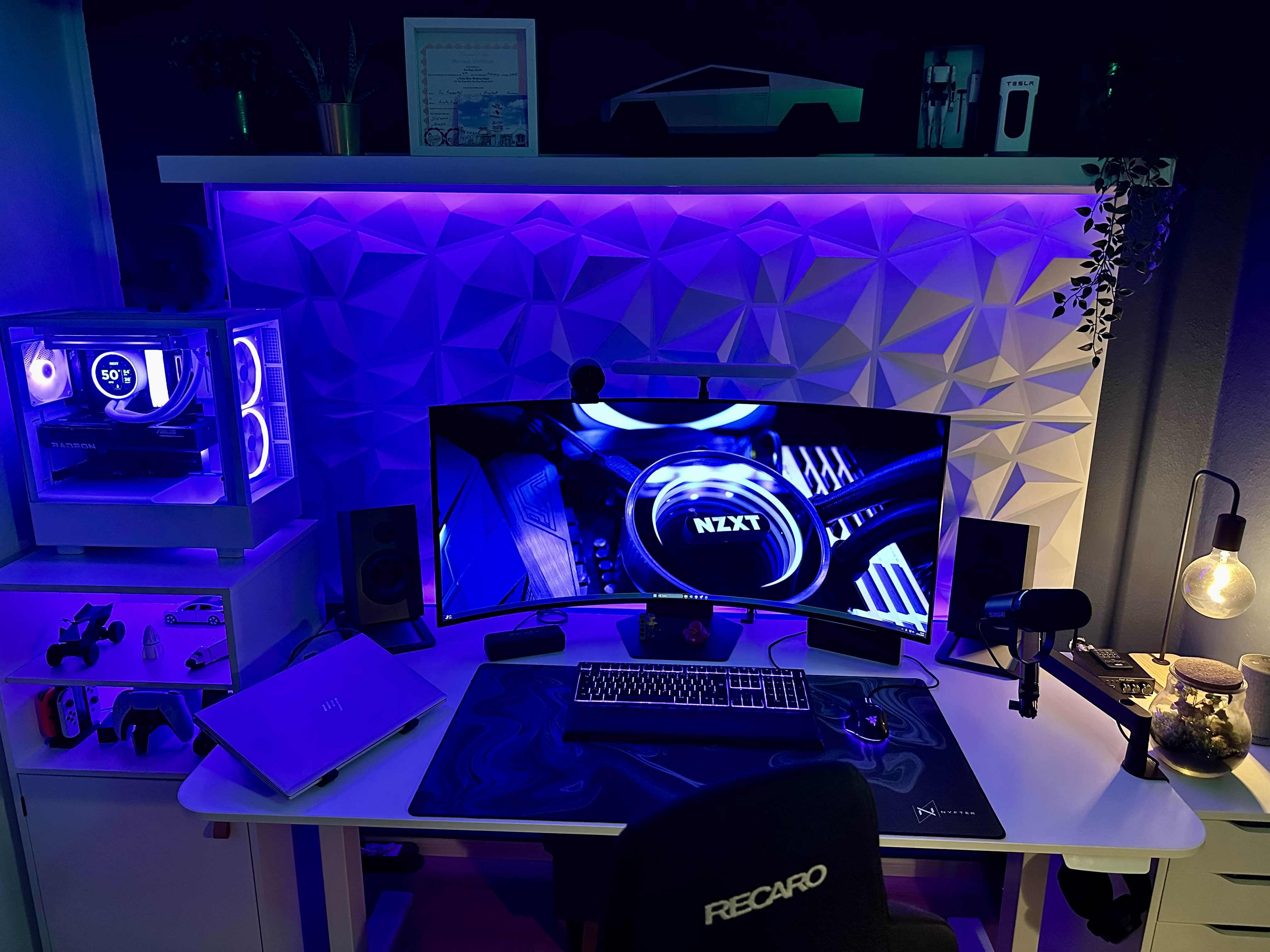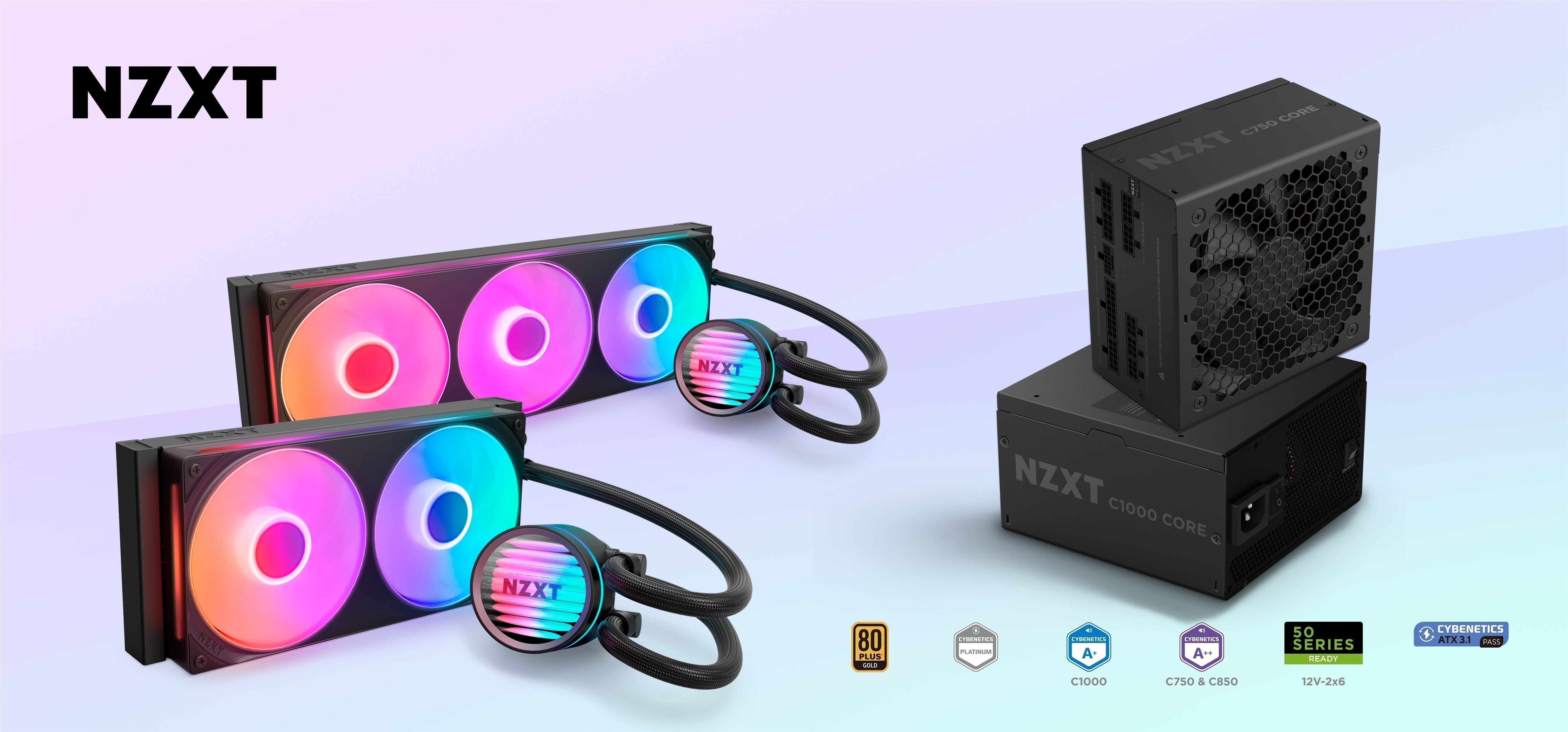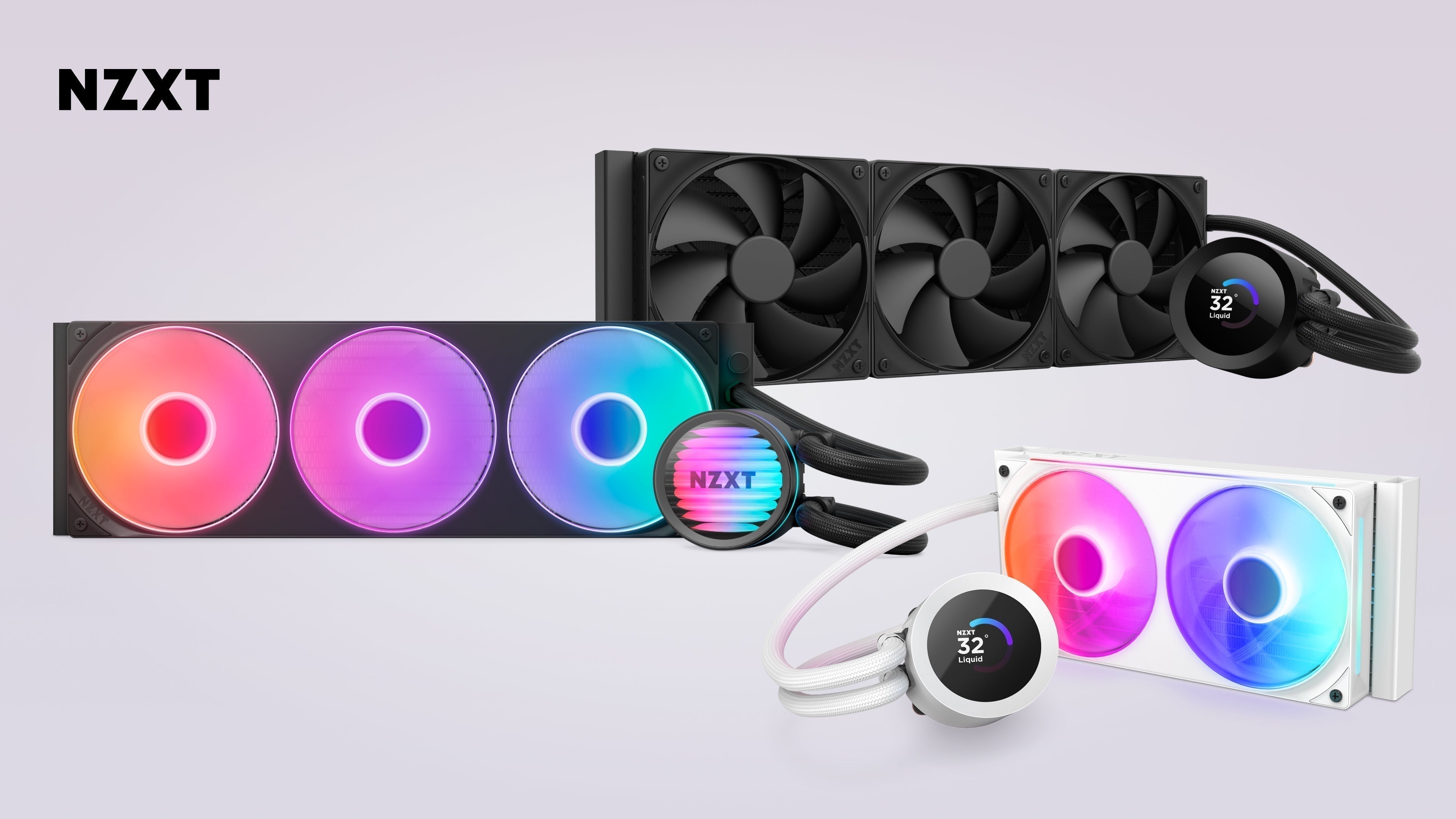Why Kraken Core Fan RPM Readings Look Jumpy (But Actually Aren't)

During final validation of the new Kraken Core AIO liquid coolers, our team spotted something odd: in BIOS, NZXT CAM, and other software, fan RPM numbers looked unusually jumpy. At first glance, it seemed like the fans weren’t spinning steadily, but they were.
What we found
This is a reporting issue only. The fans themselves are spinning smoothly and cooling properly. The inconsistency comes from how the fan reports its RPM through the tachometer (TACH) signal, not from the fan's actual performance.
It’s normal for fan RPM readings to vary slightly (about ±10% at maximum speed), but this reporting quirk made the fluctuations appear much larger than they really were, even though the fans were operating within spec.
How we checked
To be sure, we measured Kraken Core fan speeds with an optical tachometer (a tool that uses a sensor to directly measure rotations per minute) and compared them to software readings. With the fan speeds set to 25%, 50%, 75%, and 100%, the optical tachometer confirmed steady operation every time, even when software readings appeared inconsistent.
25% Fan Speed
50% Fan Speed
75% Fan Speed
100% Fan Speed
Moving forward
Because we identified this after the first production run was underway, all units from that run may show this reporting quirk. The good news is that cooling performance isn’t affected, and the fans are operating as intended to keep your system cool.
We have since updated production so that future units report a steadier signal to software. The fans themselves haven’t changed — they’re cooling reliably across all units. The only difference is that RPM readings will look more consistent on these newer units.
Final thoughts
The most important thing is that Kraken Core coolers are providing steady, reliable cooling for your system. While it’s normal for RPM numbers to shift slightly as part of standard tolerance, this early reporting issue simply made them appear jumpier than usual.
We know that for many builders, every detail matters, which is why we wanted to be upfront about this reporting quirk. Thanks for building with us. As always, our support team is here if you have any questions.









